Metal detectors have long been a staple in treasure hunting, security checkpoints, and archaeological pursuits. Their ability to pinpoint metals beneath the surface, hidden from the naked eye, seems almost magical to the uninitiated. They are of many types, from airport detectors to commercial metal detectors. However, as with all technology, there are limitations.
While these handy devices can pick up a wide range of valuable metals, from the precious gold in a buried treasure chest to the aluminum in a discarded soda can, specific metals remain elusive. This blog explores the surprising exceptions and unravels the mystery of what metals cannot be detected by a metal detector. Join us as we uncover the signals' science and determine whether you should buy metal detectors.
What is a Metal Detector?
A metal detector is a specialized tool that identifies the presence of precious metal scrap, whether buried underground, within objects, or concealed on a person. This device has become synonymous with beachcombers and treasure hunters, but its uses extend to various applications. From archaeology to airport security, construction to crime scene investigations, modern metal detectors play a crucial role in uncovering items that aren't immediately visible.
How Does a Metal Detector Work?
The principle of electromagnetism is at the heart of metal detectors. The device typically consists of a transmitter coil and a receiver coil. When powered on, the transmitter coil generates an electromagnetic field into the ground. If a metal object is present in this field, it will induce eddy currents—essentially creating a magnetic field of its own. This new field interferes with the original one, and the receiver search coil picks up this change. The Garrett metal detector then alerts the user through sound or visual cues. The strength and pattern of the signal can provide insights into the size, depth, and sometimes the type of metal detected.
What Metals Cannot Be Detected by Metal Detectors?
While metal detectors are incredibly versatile, they're only some that are powerful. Some metals, particularly those with low electrical conductivity or non-magnetic properties, can be more challenging to detect. It results in very low frequency. So, which metals are less magnetic? Stainless steel, for instance, often poses a problem because of its poor conductivity and ability to resist corrosion, which doesn't allow for oxidation that can enhance detectability and ability to detect.
Similarly, metals like titanium and some aluminum alloys have properties that make them less responsive to the electromagnetic fields created by typical metal detectors. It's also worth noting that a metal object's depth, size, and orientation can affect its detectability. The type of soil or medium also plays a role; mineralized soils can interfere with detection. However, mitigate these challenges with the right equipment, calibration, and conditions.
What Metals Are Easy to Detect?
A metal detector detects metal objects that are particularly easy for sensors to identify due to their electrical conductivity and magnetic properties. So, what do metal detectors detect? Iron, for instance, is highly ferromagnetic, which means it's naturally attracted to magnets and gives a strong signal. Similarly, copper, silver, and aluminum are excellent conductors of electricity and, as such, produce strong reactions to the electromagnetic fields generated by a detector. Also, can a metal detector detect lead? The answer is yes!
Metals that a Metal Detector Cannot Detect:
The magic of metal detectors lies in their ability to discover hidden treasures that remain unseen to the human eye. While the technology behind these devices is impressive, certain materials pose challenges or elude detection entirely. These challenges often stem from the conductive metal properties, its magnetic nature, or sometimes from the environment surrounding it. Below, we'll dive into a few materials that can be particularly challenging for an industrial metal detector to identify.
Stainless Steel
Stainless steel is a renowned material for its corrosion resistance and durability. Made up of a mix of iron, carbon, and at least 10.5% chromium, its properties make it a notoriously difficult metal for detectors to pick up. The challenge arises due to its inferior electrical conductivity, especially when compared to metals like gold or copper. Moreover, the lack of corrosion or oxidation, usually a helping factor in detection, means there's less chance of metal detecting older buried stainless steel objects.
However, stainless steel can no longer elude a specific type of metal detectors. With modern metal detectors available on the market, detecting stainless steel is as easy as any other metal.
Titanium
Titanium is another metal that presents challenges for detection. The metal is frequently used in aerospace, medical implants, and even jewelry owing to its strength-to-weight ratio. Titanium's low electrical conductivity compared to other metals and its non-magnetic field and nature make it less responsive to the electromagnetic fields emitted by standard metal detectors.
Despite the inherent nature of this precious metal, certain metal detectors have been designed and calibrated to detect titanium with ease and accuracy.
Ceramic Ferrite Magnets
Although not a metal, ceramic ferrite magnets are worth mentioning due to their perplexing nature in metal detection, made with a combination of iron oxide and strontium carbonate. These magnets are more resistant to demagnetization than many other magnets. Their ceramic composition doesn't have the typical conductive or magnetic properties most metal detectors search for. As a result, objects or devices that use ceramic ferrite magnets can often pass undetected, adding another layer of complexity to the realm of metal detection.
What are a Metal Detector's Sensitivity and Discrimination Settings?
Sensitivity and discrimination are two paramount settings that offer users control and precision when using metal detectors. The sensitivity setting determines how reactive the sensor is to the presence of metal objects. A higher sensitivity means the device can find metals located deeper underground or smaller objects overlooked at lower settings. However, setting too high a sensitivity in metal detectors leads to false signals, especially in areas with mineral-rich soils or external electromagnetic interference.
On the other hand, the discrimination setting allows users to filter out certain types of metal pieces. It is advantageous when searching for a specific metal or avoiding junk like pull-tabs and foil. Adjusting the discrimination feature allows the detector to ignore unwanted metal types, focusing solely on the desired targets. This feature is especially beneficial for treasure hunters who prefer to differentiate between potential valuable finds, like silver dimes, iron, copper, etc., and unwanted items or trash, like nickel, aluminum, electronic devices, and other elements.
Conclusion
Metal detectors are remarkable tools that harness the principles of electromagnetism to detect metals and ensure safety, especially in the food industry and manufacturing process. However, as with any technology, they come with limitations. Recognizing and understanding these limits helps us appreciate the nuances of detection and the challenges faced in various scenarios. Whether you're an enthusiast seeking buried artifacts or simply curious about the science behind the beep, it's essential to remember that detection of common metals is a blend of art, science, and often a touch of luck.





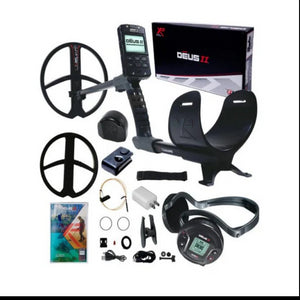
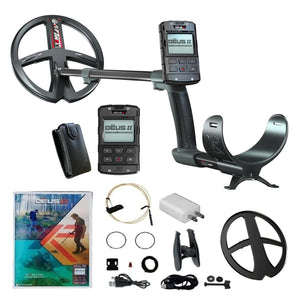

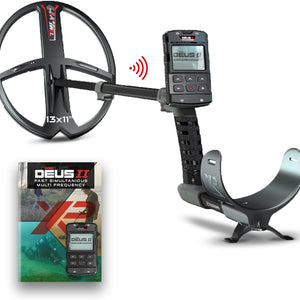


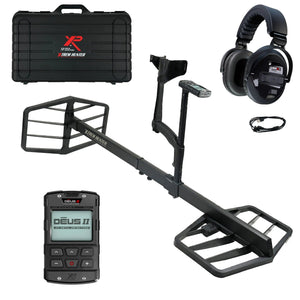
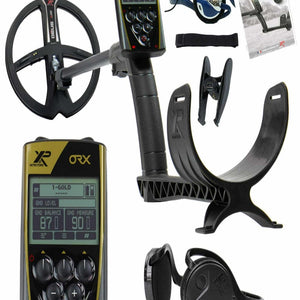
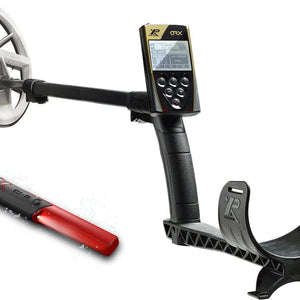
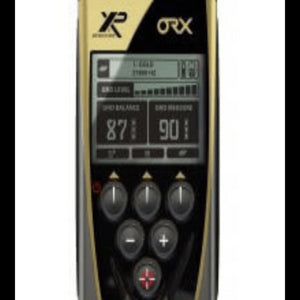
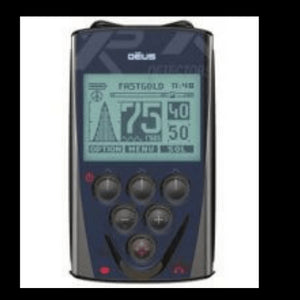
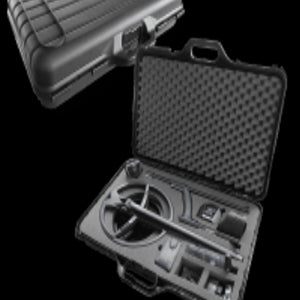


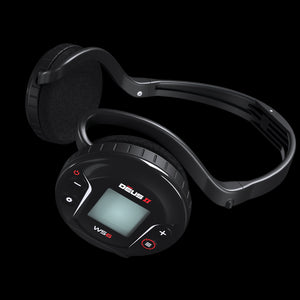



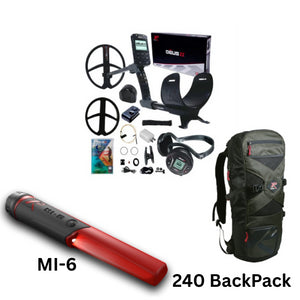
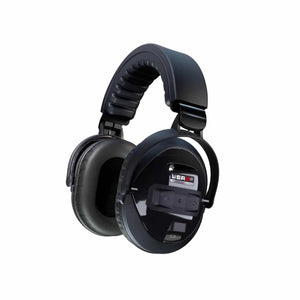
Nice and informative article. Thanks
Leave a comment